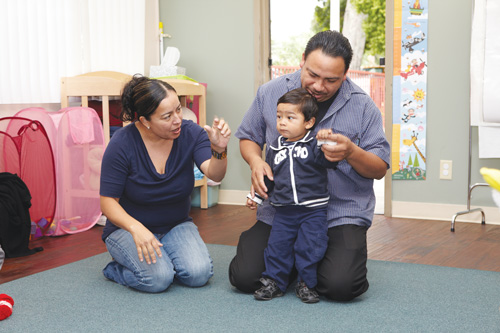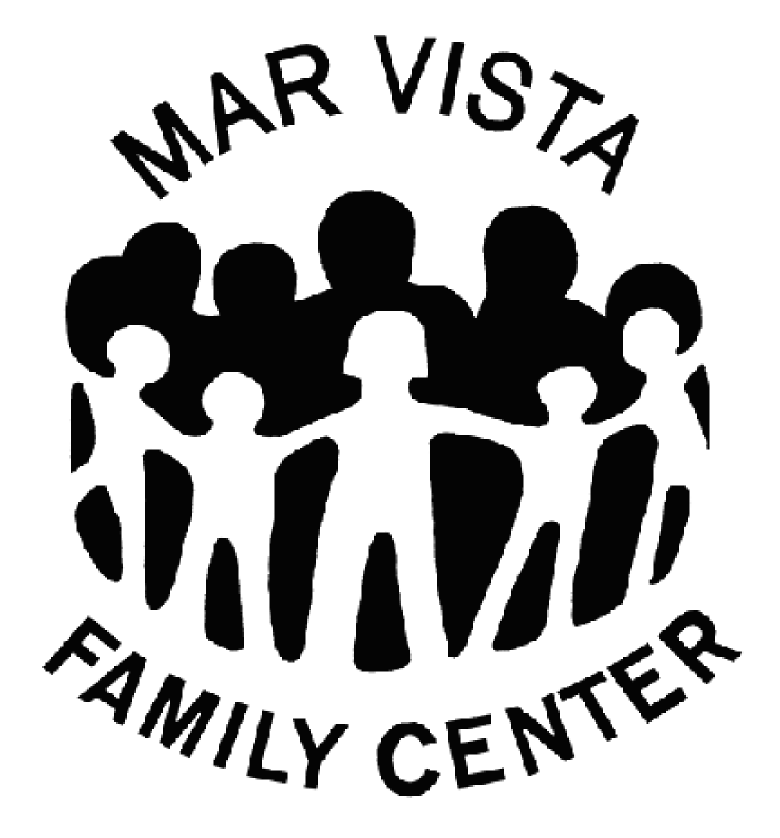The Shared Responsibility Model

Over its 30-year history, Mar Vista Family Center (MVFC_ has developed its unique Shared Responsibility Curriculum Model, built on academic theory and shaped by hands-on experience. The model is based on the understanding that we all have a role to play in improving our own lives and empowering ourselves to advocate for our families, as well as taking a leadership role in the community. Thus, in each of our core program areas, parents, children, and teens all get opportunities to learn, grow, and lead while giving back to the community and strengthening familial bonds.
Through planned activities, moderated discussions, and opportunities for self-reflection, participants of all ages learn how to create safe environments that foster teamwork, how to break down barriers of cultural and racial differences, how to build healthier families and communities, and how to transform destructive community systems and bring about social and economic change.
A key component in the Shared Responsibility Curriculum Model is parental engagement and participation. Starting with the preschool program, where parents agree to participate as assistant teachers for atleast six hours per week, parents are encouraged to see themselves as partners in their children’s development and education. Parents participate in weekly workshops, develop observational skills in the classroom, and learn practical skills in behavioral management. As their children mature, parents are trained as peer coaches to provide positive support to children, youth, and other parents in the community. Parents also participate in monthly community meetings and continuing workshops to develop the skills needed to play vital roles in their families and their community as decision-makers, advocates, leaders, mentors, classroom volunteers, and fundraisers.
All of MVFC’s programs make use of the Shared Responsibility Curriculum Model which is promoted by staff, ongoing dialogue among staff, youth and parents, and experiential exercises designed to develop each participant’s sense of personal power and responsibility.
The Shared Responsibility Curriculum Model is the key component of a collective effort which has resulted in improved family functioning, decreased domestic violence, improved chances of student academic success, and increased the number of students who graduate from high school and college. By taking leadership roles, making decisions, and working together to find solutions, community residents have transformed an area once plagued by gang activity into one in which residents are able to effect positive and lasting changes in their own lives and in their neighborhood.
